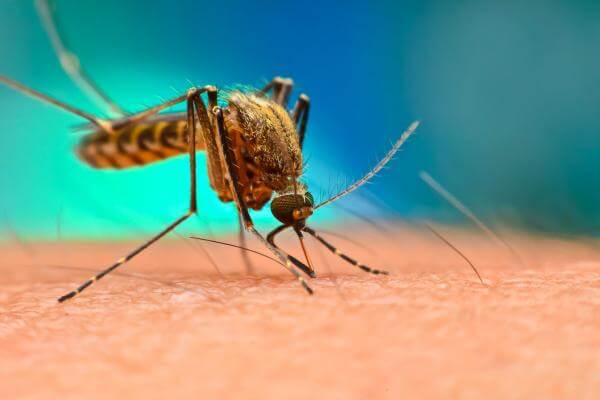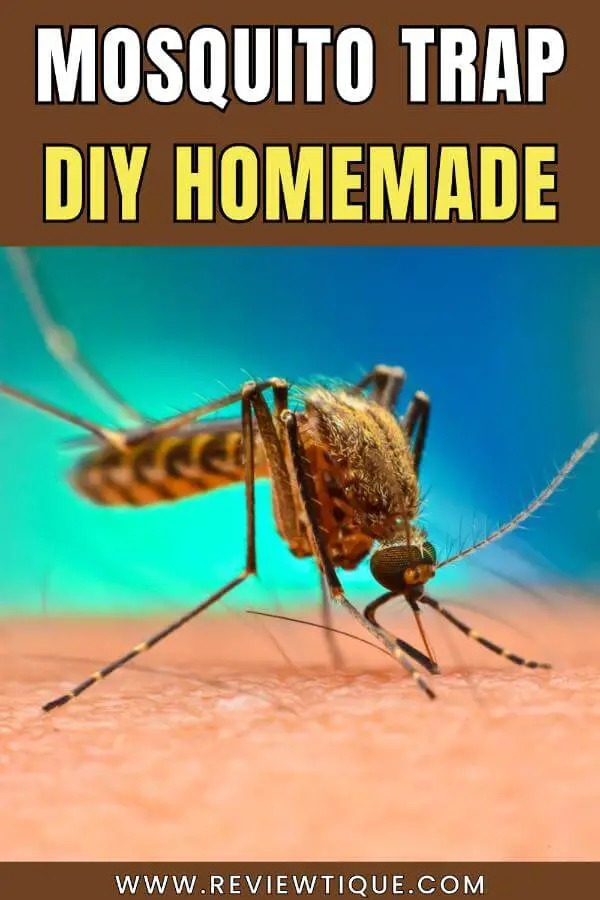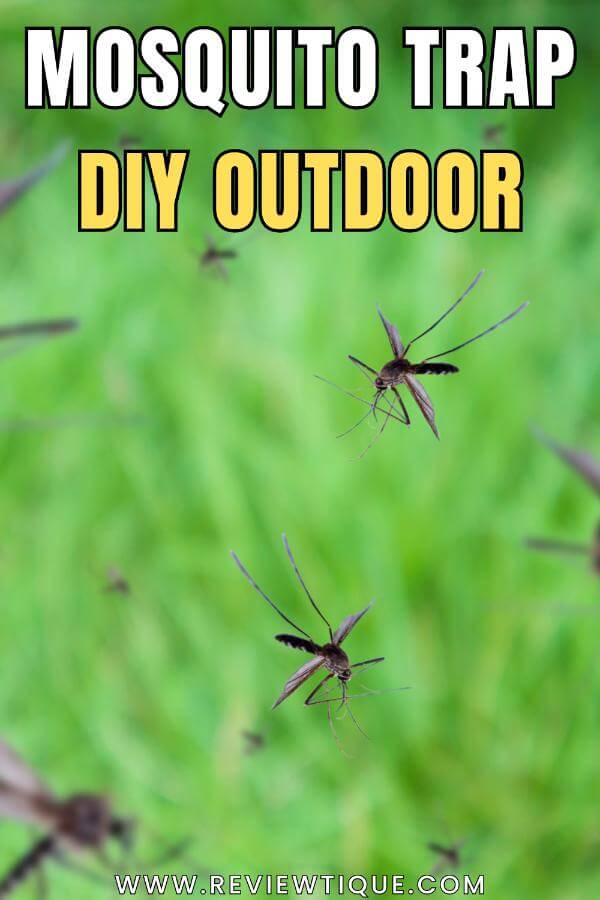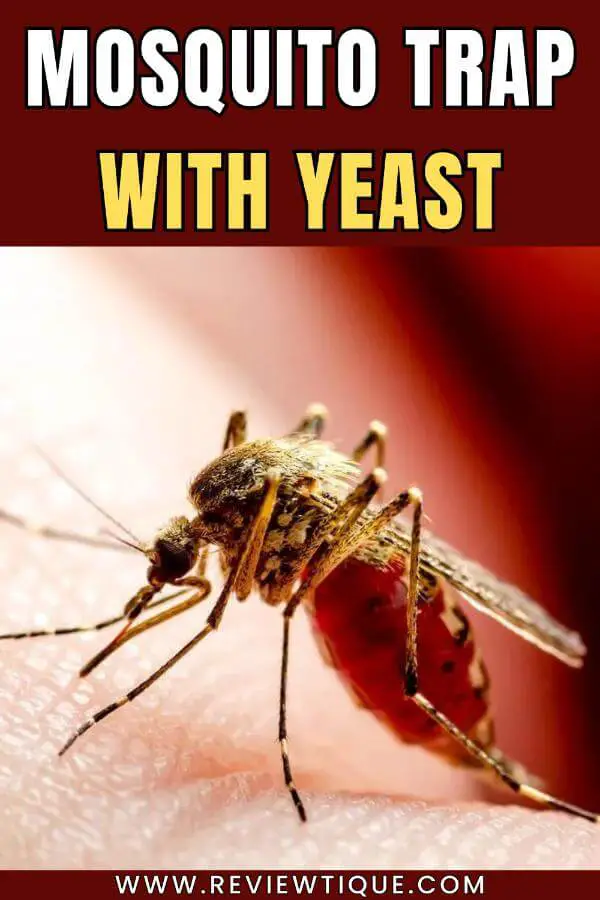
Mosquitoes, those tiny yet incessant bloodsuckers, are unwelcome guests in any home or outdoor space. Not only are their bites irritating, but they also pose health risks due to the diseases they can transmit.
In areas where mosquitoes are prevalent, finding effective ways to control their population is essential for comfort and safety. While there are numerous commercial mosquito control products available, many individuals prefer to take a more hands-on approach by creating their own traps using simple materials.
In this article, we’ll explore various DIY mosquito trap designs suitable for both indoor and outdoor use.

Understanding Mosquito Behavior
Before delving into DIY trap construction, it’s crucial to understand mosquito behavior. Female mosquitoes, the ones responsible for biting, are attracted to humans and animals primarily by detecting the carbon dioxide and heat emitted from their bodies.
They’re also drawn to standing water, where they lay their eggs. By targeting these attraction factors, homemade mosquito traps can effectively lure and capture these pests, reducing their numbers in your living space.
DIY Mosquito Traps for Indoor Use

- Bottle Trap:
- Materials Needed: A plastic bottle, sugar, hot water, and yeast.
- Instructions: Cut the top third of the bottle and invert it, placing it inside the bottom part. Mix hot water with sugar until dissolved, then pour the solution into the bottom half of the bottle. Add yeast to activate fermentation, creating carbon dioxide. Mosquitoes will be attracted to the CO2 and enter the trap, unable to escape.
- Fan Trap:
- Materials Needed: A box fan, mosquito netting or screening, and a container to collect mosquitoes.
- Instructions: Affix the mosquito netting to the back of the fan, ensuring it covers the entire surface. Position the fan near areas where mosquitoes are prevalent, such as doorways or windows. When the fan is turned on, it creates an airflow that sucks mosquitoes into the netting, trapping them. A container placed beneath the fan collects the captured mosquitoes.
DIY Mosquito Traps for Outdoor Use

- Bucket Trap:
- Materials Needed: A large bucket or container, water, sugar, yeast, and optionally, a dark-colored cloth.
- Instructions: Fill the bucket halfway with water and dissolve sugar in it. Add yeast to initiate fermentation, releasing CO2. Optionally, cover the bucket with a dark cloth to create a dark environment, which mosquitoes are naturally attracted to. Mosquitoes will be drawn to the CO2 and darkness, entering the bucket and getting trapped in the water.
- Lemon Eucalyptus Oil Candle:
- Materials Needed: A candle, lemon eucalyptus essential oil, and a container.
- Instructions: Mix a few drops of lemon eucalyptus oil into the candle wax before lighting it. Lemon eucalyptus oil contains compounds that repel mosquitoes. Place the candle in a container and position it in outdoor areas where mosquitoes are a nuisance. The scent of the oil will deter mosquitoes from approaching, keeping them at bay.

Tips for Enhancing Trap Effectiveness
- Placement: Position traps in areas where mosquitoes are most active, such as near standing water, entry points to the house, or outdoor seating areas.
- Maintenance: Regularly empty and clean traps to prevent the buildup of captured mosquitoes and ensure their continued effectiveness.
- Additional Attractants: Experiment with additional attractants such as octenol or lactic acid to enhance trap performance.
- Combine Methods: Utilize multiple trap designs simultaneously to increase coverage and effectiveness.
Safety Considerations
- Exercise caution when using open flames or electrical appliances, especially in outdoor settings.
- Keep DIY traps out of reach of children and pets.
- Use essential oils and other additives according to recommended dilutions and safety guidelines.
Conclusion
DIY mosquito traps offer a cost-effective and environmentally friendly solution for controlling mosquito populations both indoors and outdoors. By leveraging the understanding of mosquito behavior and employing simple materials, individuals can effectively reduce the nuisance and health risks associated with these pesky insects.
Whether utilizing bottle traps, fan traps, bucket traps, or natural repellents, homemade mosquito traps provide an accessible means of achieving a more comfortable living environment. Remember to customize trap designs based on specific needs and preferences, and always prioritize safety when implementing DIY solutions.